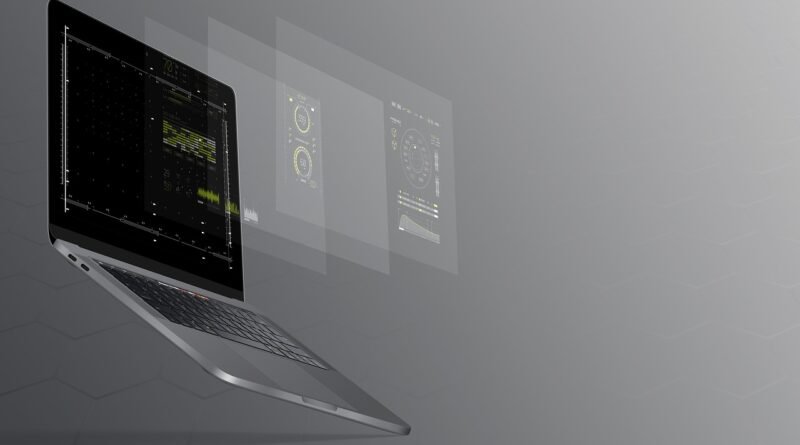The Dawn of AI-Native Hardware: Sam Altman’s Bold Vision for a Post-AI Computing Era
In a significant pivot that could redefine the landscape of personal computing, OpenAI CEO Sam Altman has articulated a profound shift in his perspective on artificial intelligence’s hardware requirements. Moving away from his earlier stance, Altman now posits that “current computers were designed for a world without AI,” suggesting an imminent need for entirely new devices purpose-built for an AI-centric future. This bold vision is already taking shape, with whispers of a groundbreaking collaboration with design icon Jony Ive on a pocket-sized, screen-free AI device poised to become a “third core device” in our digital lives.
For years, the narrative surrounding AI’s integration into our lives focused primarily on software advancements – powerful algorithms running on existing hardware. However, Altman’s latest remarks underscore a growing realization within the tech elite: the limitations of conventional computing architecture in truly harnessing the immense potential of advanced AI.
“Computers, software, and hardware, just the way we think of current computers were designed for a world without AI,” Altman reportedly stated. This isn’t merely an observation; it’s a declaration that the fundamental design principles of our laptops, smartphones, and desktops are no longer optimal for a world where AI is not just a tool, but an ambient, contextually aware companion.
The shift in Altman’s thinking is rooted in the burgeoning capabilities of generative AI and the increasing demand for systems that can understand and anticipate user needs with unprecedented depth. Traditional screen-and-keyboard interactions, while familiar, may prove inadequate for a future where seamless, intuitive interaction with AI is paramount. Altman envisions future systems that are “way more aware of their environment and that has more context in your life,” moving beyond mere commands to truly understanding user intent and acting proactively.
This vision gains significant weight with the reported involvement of Jony Ive, the legendary designer behind many of Apple’s most iconic products, including the iPhone. Their collaboration, under the newly formed OpenAI department “IO” (following OpenAI’s acquisition of Ive’s design company for an estimated $6.5 billion), is sparking immense speculation. Sources close to the project suggest their first device will be a radical departure: pocket-sized, entirely screen-free, and designed to function as a “third core device” alongside our existing smartphones and laptops.
Imagine a device that blends seamlessly into your daily life, not demanding your constant attention through a screen, but rather providing information and assistance in a highly contextual and intuitive manner. This could involve advanced voice interfaces, sophisticated sensors for environmental awareness, and a deep understanding of your personal habits and preferences. Altman has reportedly expressed immense excitement about a prototype he’s been living with, calling it “the coolest piece of technology that the world will have ever seen.”
The move into dedicated AI hardware signifies OpenAI’s ambition to not just develop cutting-edge AI models but also to shape the very interfaces through which we interact with them. This strategy could challenge the dominance of existing hardware giants and usher in a new era of personal computing. While details remain under wraps, Altman’s audacious claim that this new device will reach 100 million users “faster than any company has ever shipped something new before” speaks volumes about the potential impact he foresees.
This development also aligns with broader industry trends where AI is no longer just software, but an increasingly integral part of hardware design itself. From AI-accelerated processors to more intelligent memory management, the very architecture of computers is being re-imagined to cater to the demands of AI workloads. OpenAI’s foray into custom AI chips and their decision to leverage Google’s TPUs alongside Nvidia GPUs further underscores their commitment to optimizing the underlying infrastructure for a truly AI-native experience.
As we stand at the precipice of this new computing paradigm, the questions abound: How will users adapt to screen-free interactions? What ethical considerations arise from devices with such deep contextual awareness? And how will this shift impact industries from education to e-commerce, as AI becomes an ever-present, intelligent companion?
One thing is clear: Sam Altman’s vision, coupled with Jony Ive’s design prowess, is a powerful force poised to reshape our relationship with technology. The “post-AI computer” may not be a distant dream, but a rapidly approaching reality that promises to make our digital lives more seamless, intuitive, and deeply integrated than ever before. We will be closely monitoring this groundbreaking development as it unfolds.

